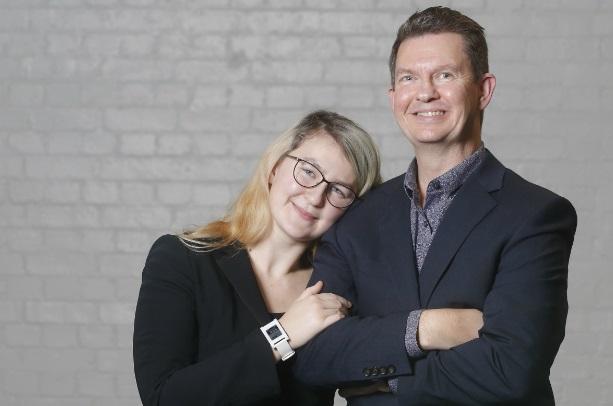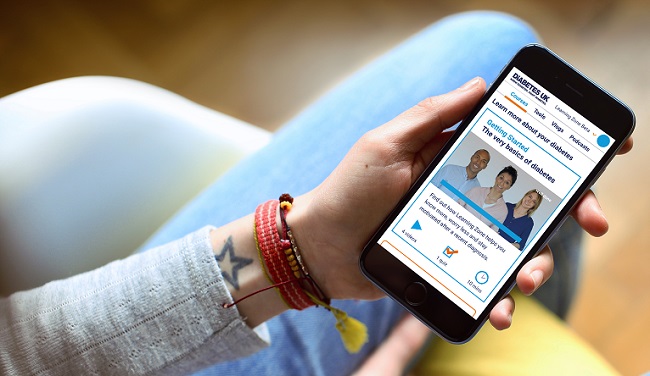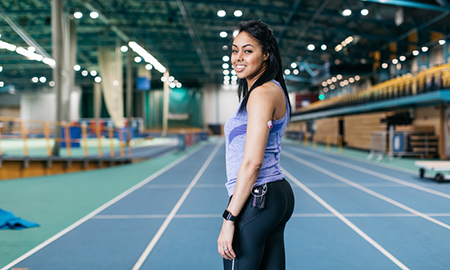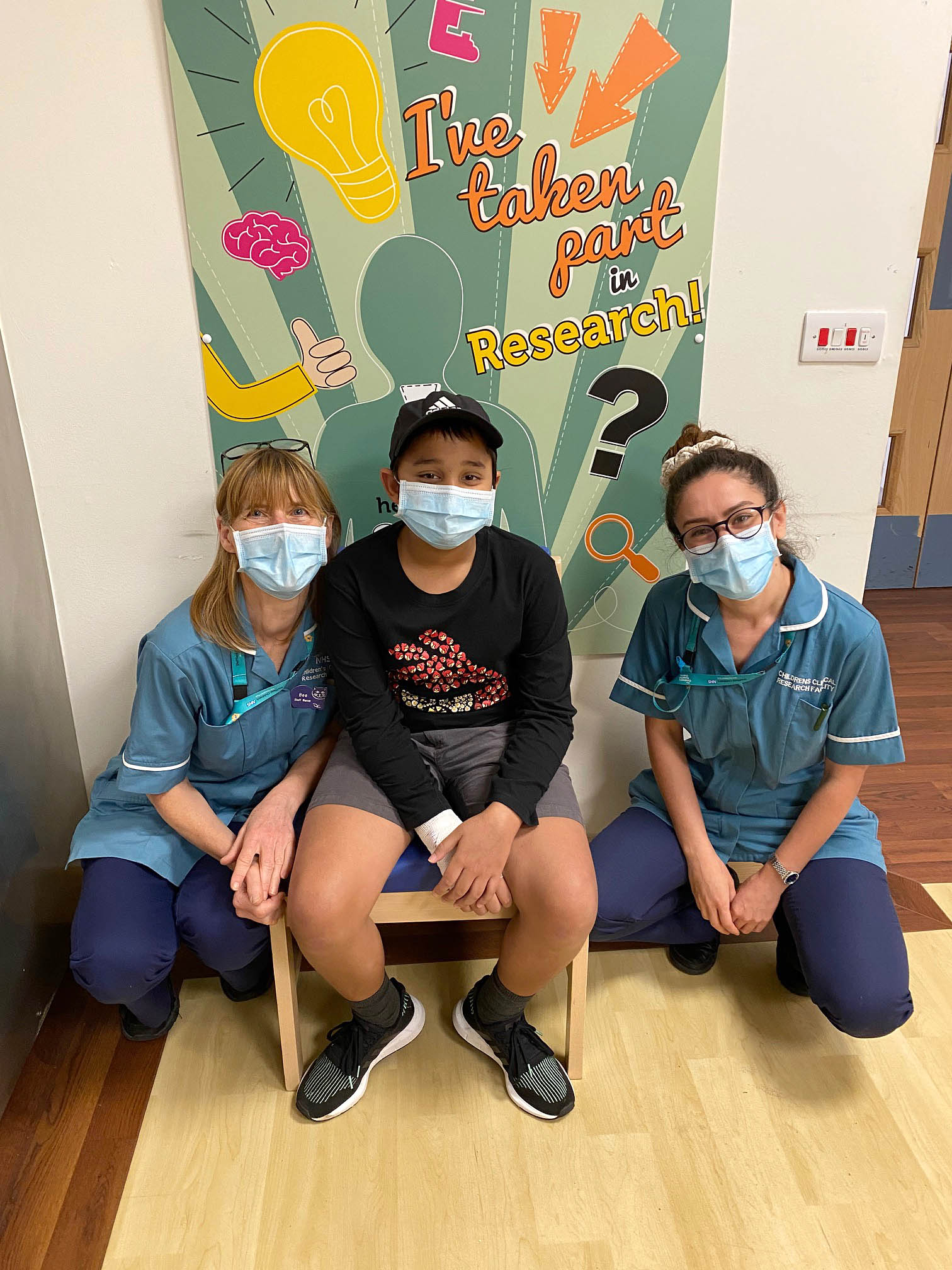
Kev Winchcombe
Kev's daughter was diagnosed in 2010.
As a dad, I just wanted to fix the situation. The thing I really like is that when Amy’s ‘looping’, it’s ‘got her back’.
When Kev’s daughter, Amy, was diagnosed with type 1 diabetes aged 10, there were many issues the family faced – including Amy’s fear of needles. Keen to help, Kev started researching technology that he hoped could make Amy’s life easier.




